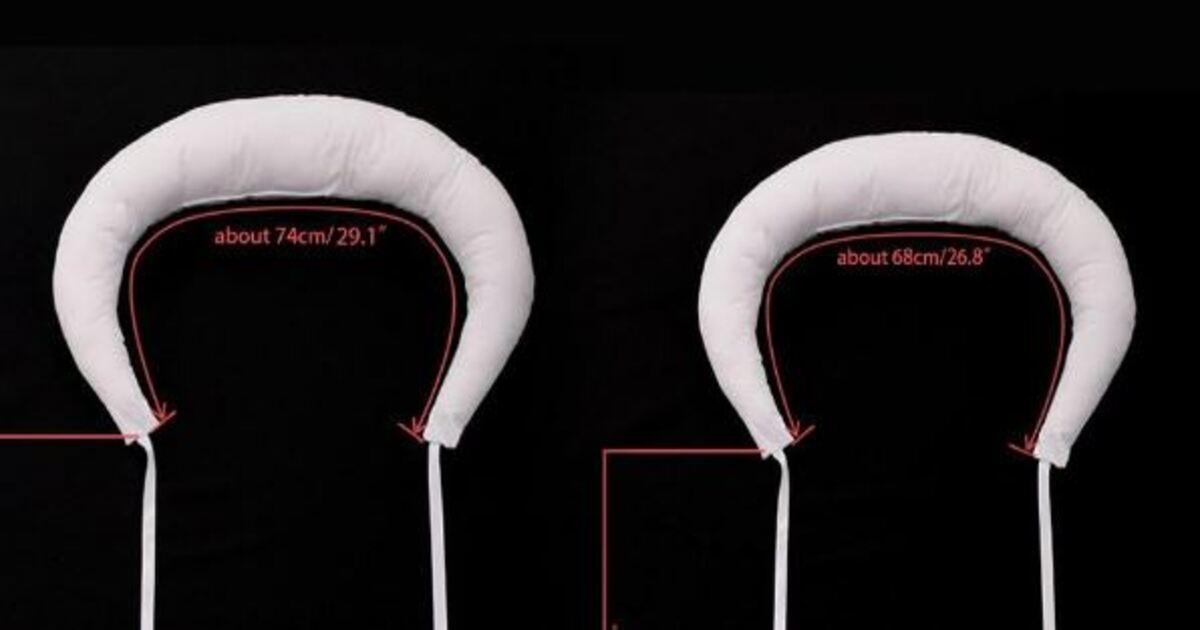In the vast landscape of fashion history, trends often resurface, reinterpreted through modern lenses, bringing forth a fusion of old and new. One such revival that has caught the attention of fashion enthusiasts is the reemergence of the bum roll, an accessory with roots deeply embedded in the Renaissance era.
The bum roll, also known as a crescent or barrel, was a significant element of women’s fashion during the Renaissance period, particularly in the 16th century. It was worn beneath the skirt or gown to create a distinctive silhouette characterized by a protruding backside and emphasized hips. This accessory served both functional and aesthetic purposes, offering support to voluminous skirts while accentuating the curves of the wearer.
Fast forward to the present day, and the bum roll has experienced a revival, albeit with a contemporary twist. Fashion designers and enthusiasts alike have embraced this historical accessory, integrating it into modern interpretations of retro-inspired attire. Whether it’s theatrical costumes, historical reenactments, or avant-garde fashion statements, the bum roll has found its place once again in the fashion landscape.
What makes the resurgence of the bum roll intriguing is its versatility and adaptability. While staying true to its historical origins, contemporary interpretations of the bum roll often feature innovative materials, designs, and styling techniques. From elaborate period costumes meticulously crafted for stage productions to fashion-forward ensembles showcased on haute couture runways, the bum roll has proven its ability to transcend time and cater to diverse tastes.
